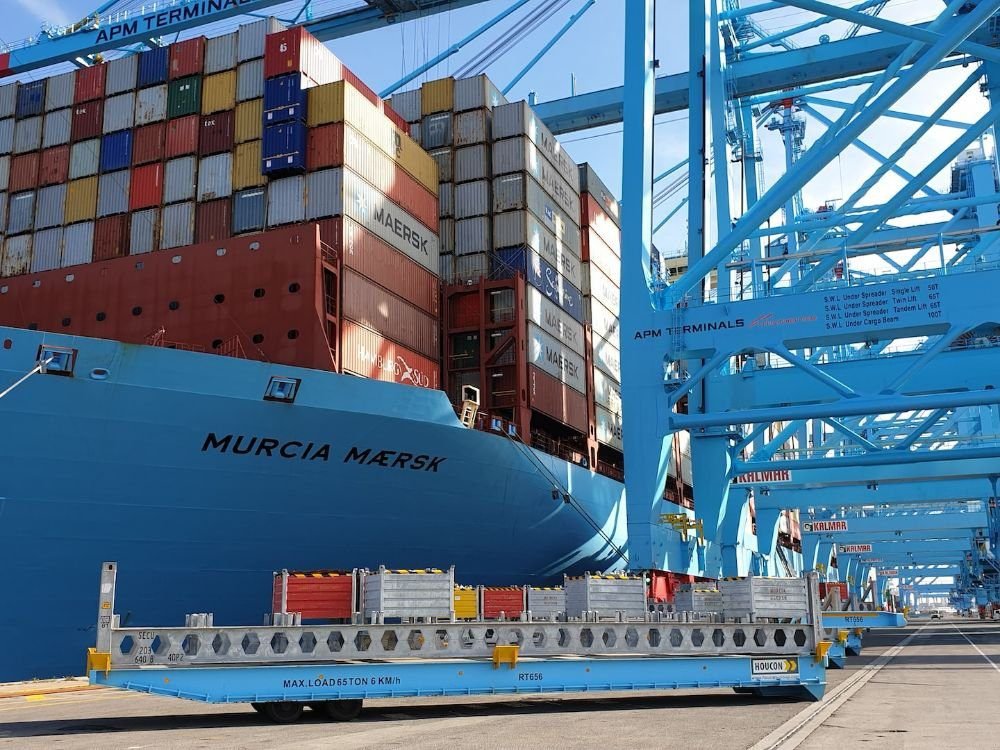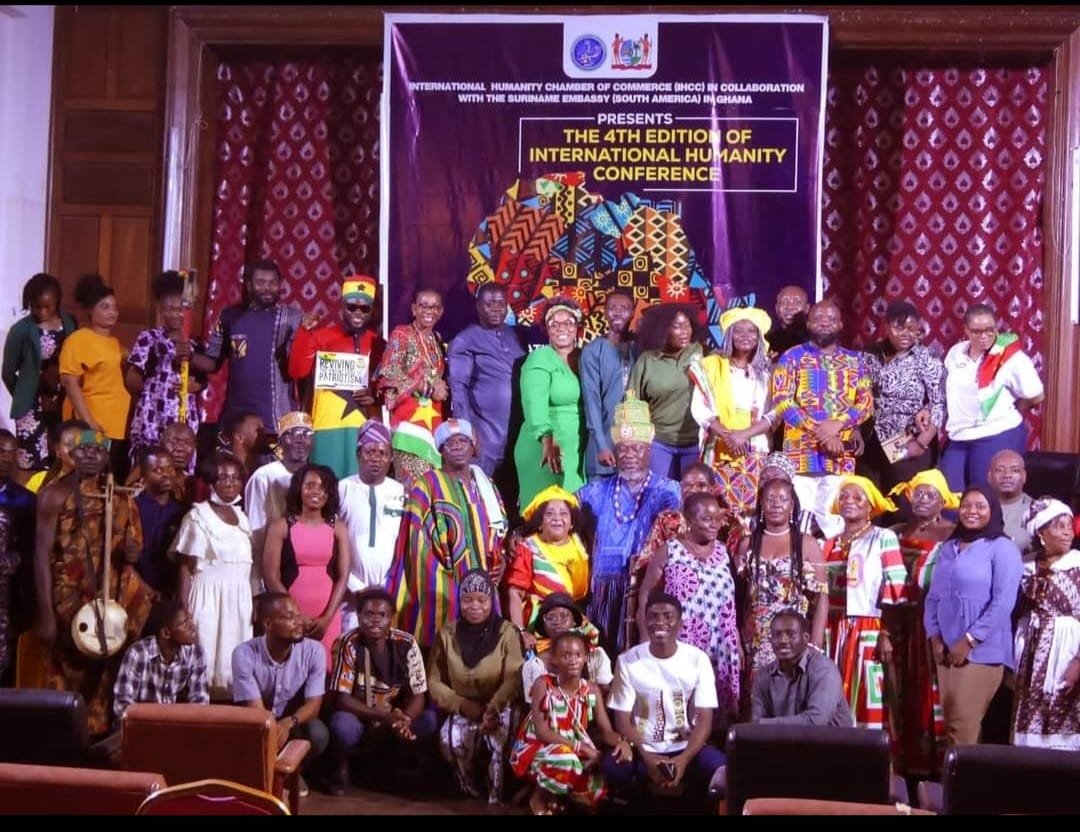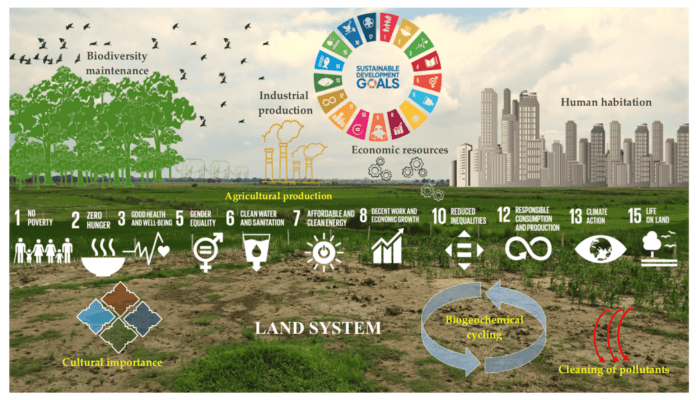It is high time that we acknowledge the consequences of our actions and take responsibility for the damage we have caused to our planet. International Mother Earth Day serves as a reminder of the urgent need to protect and preserve our environment. This day provides an opportunity for individuals, communities, and governments to reflect on the state of our planet and take concrete steps towards sustainable practices.
Over the years, human activities have had a profound impact on the Earth’s ecosystems. Deforestation, industrialization, and the excessive use of natural resources have led to the loss of biodiversity and the destruction of habitats. As a result, countless species have become endangered or extinct, disrupting the delicate balance of our ecosystems.
Furthermore, the release of greenhouse gases into the atmosphere has caused a rapid rise in global temperatures, leading to the phenomenon of climate change. This has resulted in extreme weather events, such as hurricanes, droughts, and heatwaves, which pose a significant threat to human lives and livelihoods. The consequences of climate change are already being felt, with rising sea levels, melting ice caps, and the displacement of communities.
It is crucial that we recognize the interconnectedness of all living beings and the environment in which we exist. Our actions not only affect the natural world but also have far-reaching consequences for our own well-being. By neglecting our responsibilities as stewards of the Earth, we are jeopardizing the future of generations to come.
International Mother Earth Day serves as a call to action, urging individuals, communities, and governments to make sustainable choices in their daily lives. This includes reducing our carbon footprint, promoting renewable energy sources, conserving water, and adopting eco-friendly practices. It is through collective efforts that we can create a more sustainable and resilient future for our planet.
As we celebrate International Mother Earth Day, let us reflect on the beauty and abundance of our planet, and the responsibility we bear to protect it. Let us commit ourselves to preserving the delicate balance of nature and working towards a sustainable future. Only by doing so can we ensure the well-being of both the Earth and humanity as a whole.
Restoring harmony with nature is not just a moral imperative, but also a practical necessity for the survival and well-being of future generations. It requires a fundamental shift in our attitudes and behaviors towards the environment. One of the key steps in this process is embracing sustainable production and consumption practices.
Sustainable production involves minimizing the use of natural resources, reducing waste and pollution, and adopting cleaner and more efficient technologies. This can be achieved through various means, such as implementing eco-friendly manufacturing processes, promoting renewable energy sources, and investing in research and development of sustainable technologies. By adopting these practices, we can not only protect the environment but also create new job opportunities and stimulate economic growth.
Similarly, sustainable consumption involves making conscious choices about the products and services we use, considering their environmental impact throughout their lifecycle. This includes factors such as the sourcing of raw materials, the energy and water consumption during production, and the disposal of waste. By opting for sustainable products and services, we can reduce our ecological footprint and contribute to the preservation of natural resources.
However, restoring harmony with nature goes beyond just sustainable production and consumption. It also requires taking action to preserve and protect our environment. This involves conserving biodiversity, restoring ecosystems, and mitigating the effects of climate change.
Conserving biodiversity is crucial as it ensures the long-term survival of various species and ecosystems. This can be achieved through the establishment of protected areas, the implementation of wildlife conservation programs, and the promotion of sustainable land use practices. By preserving biodiversity, we not only safeguard the natural balance of ecosystems but also protect the countless benefits they provide, such as clean air, water, and food.
Restoring ecosystems is another important aspect of restoring harmony with nature. This involves rehabilitating degraded lands, reforesting deforested areas, and restoring wetlands and coastal habitats. By restoring ecosystems, we can enhance their resilience to climate change, improve water quality, and provide habitats for a diverse range of species.
Mitigating the effects of climate change is also crucial in restoring harmony with nature. This requires reducing greenhouse gas emissions through the transition to cleaner and renewable energy sources, improving energy efficiency, and implementing climate adaptation measures. By addressing climate change, we can protect vulnerable communities, safeguard natural resources, and ensure a sustainable future for all.
In conclusion, restoring harmony with nature is a multifaceted task that requires a holistic approach. By embracing sustainable production and consumption practices, conserving biodiversity, restoring ecosystems, and mitigating the effects of climate change, we can create a more sustainable and resilient future. It is our responsibility to take action now to protect and preserve the natural world for generations to come.
Addressing Biodiversity Loss and Pollution
One of the key steps in restoring harmony with nature is to slam the brakes on biodiversity loss and put a stop to pollution. Biodiversity loss not only threatens the delicate balance of ecosystems, but also imperils food production and the overall stability of our environment. Pollution, whether it be in our oceans or in the air we breathe, has far-reaching consequences for both nature and humanity.
When it comes to biodiversity loss, the destruction of habitats is a major concern. Human activities such as deforestation, urbanization, and intensive agriculture have resulted in the loss of countless species and the destruction of their natural habitats. This loss of biodiversity not only disrupts the intricate web of life but also has a direct impact on human well-being. Many of the plants and animals that are disappearing have important medicinal properties, potential agricultural uses, or contribute to the overall health of ecosystems. By conserving and restoring habitats, we can protect biodiversity and ensure the long-term sustainability of our planet.
In addition to biodiversity loss, pollution poses a significant threat to the environment and human health. Pollution comes in many forms, from the release of toxic chemicals into our waterways to the emission of greenhouse gases that contribute to climate change. The consequences of pollution are widespread and severe. For example, plastic pollution in our oceans not only harms marine life but also enters the food chain, potentially impacting human health. Air pollution, particularly in urban areas, contributes to respiratory problems and other health issues.
To address these challenges, a multi-faceted approach is necessary. Governments and international organizations must enact and enforce strict regulations to limit pollution and protect biodiversity. This includes implementing sustainable farming practices, promoting renewable energy sources, and investing in green technologies. Additionally, individuals can make a difference by adopting environmentally friendly habits, such as reducing waste, conserving water, and supporting local and sustainable businesses.
Education and awareness are also crucial in combating biodiversity loss and pollution. By educating the public about the importance of biodiversity and the consequences of pollution, we can inspire individuals to take action and make informed choices. This can be done through school curricula, public campaigns, and community outreach programs. Furthermore, research and innovation play a vital role in finding new solutions to these complex problems. By supporting scientific research and technological advancements, we can develop sustainable practices and technologies that will help us restore harmony with nature.
Addressing biodiversity loss and pollution is not an easy task, but it is a necessary one. By taking action now, we can preserve the beauty and diversity of our planet for future generations. It is up to all of us to protect and restore the delicate balance of nature and create a sustainable future for all.
One of the key strategies to tackle climate change is transitioning to renewable energy sources. Fossil fuels, such as coal, oil, and natural gas, are major contributors to greenhouse gas emissions. By shifting towards renewable energy sources like solar, wind, hydro, and geothermal power, we can significantly reduce our carbon footprint and mitigate the effects of climate change.
In addition to transitioning to renewable energy, it is essential to promote energy efficiency and conservation. Energy efficiency measures, such as improving insulation, using energy-efficient appliances, and implementing smart grid systems, can help reduce the overall demand for energy. This, in turn, reduces the need for fossil fuel-based power generation and lowers greenhouse gas emissions.
Furthermore, sustainable transportation plays a crucial role in reducing emissions. The transportation sector is a significant contributor to greenhouse gas emissions, primarily through the use of fossil fuel-powered vehicles. Encouraging the adoption of electric vehicles, investing in public transportation infrastructure, and promoting active modes of transportation like walking and cycling can help reduce emissions from the transportation sector.
Another important aspect of tackling climate change is implementing policies and regulations that incentivize sustainable practices. Governments and international organizations can play a crucial role in setting emission reduction targets, implementing carbon pricing mechanisms, and providing financial incentives for businesses and individuals to adopt sustainable practices. By creating a supportive policy environment, we can accelerate the transition towards a low-carbon economy.
Furthermore, raising awareness and educating the public about the importance of climate action is essential. By fostering a sense of collective responsibility and empowering individuals to make sustainable choices in their daily lives, we can create a groundswell of support for climate action. This can lead to increased demand for sustainable products and services and encourage businesses to adopt environmentally friendly practices.
In conclusion, tackling climate change requires a multi-faceted approach that includes transitioning to renewable energy sources, promoting energy efficiency and conservation, adopting sustainable transportation practices, implementing supportive policies and regulations, and raising awareness among the public. By taking decisive action at the individual, community, national, and global levels, we can mitigate the worst effects of climate change and build a sustainable future for generations to come.
Promoting Climate Justice and Sustainable Development
As we work towards restoring harmony with nature, it is important to support those who are being hit hardest by the pollution, climate, and biodiversity crises. This includes indigenous peoples, local communities, and countries on the frontline of climate chaos. By delivering climate justice and providing the necessary financial support, we can ensure that all nations have the resources they need to take action and promote sustainable development.
Climate justice is a concept that recognizes the disproportionate impact of climate change on vulnerable communities and seeks to address the social and economic inequalities exacerbated by environmental degradation. It emphasizes the need to involve marginalized groups in decision-making processes and ensure that they have access to resources and opportunities to adapt and mitigate the effects of climate change.
Indigenous peoples, for example, have long-standing knowledge and practices that can contribute to sustainable land management and biodiversity conservation. However, they are often marginalized and face significant challenges in asserting their rights and protecting their territories. By supporting their rights and empowering them to participate in climate action, we can tap into their wisdom and strengthen our collective efforts towards sustainability.
Local communities, particularly those in developing countries, are also disproportionately affected by climate change. They often rely on natural resources for their livelihoods and are more vulnerable to extreme weather events, sea-level rise, and other climate-related impacts. By providing financial support and technical assistance, we can help these communities adapt to changing conditions, build resilience, and pursue sustainable development pathways.
Furthermore, countries on the frontline of climate chaos, such as small island developing states, are facing existential threats due to rising sea levels, increased storm intensity, and other climate-related challenges. These nations often have limited resources and capacity to respond to these impacts, making them particularly vulnerable. By delivering climate justice, we can ensure that these countries have the necessary financial support to implement adaptation and mitigation measures, protect their ecosystems, and secure the well-being of their populations.
In conclusion, promoting climate justice and sustainable development is crucial for addressing the challenges posed by the pollution, climate, and biodiversity crises. By supporting indigenous peoples, local communities, and countries on the frontline, we can create a more equitable and resilient future for all. This requires not only financial resources but also a commitment to inclusive decision-making, respect for human rights, and the recognition of the interconnectedness of social, economic, and environmental well-being.
Creating a Better Future
Repairing our relationship with mother earth is the mother of all of humanity’s challenges. We must act now to create a better future for all. Countries must produce new national climate plans that align with limiting the rise in global temperature to 1.5 degrees Celsius. These plans can serve as both transition plans and investment plans, laying the foundation for sustainable development for generations to come.
Additionally, the G20 must take the lead in phasing out fossil fuels globally in a fast, fair, and funded manner. It is also crucial to put a stop to nature-wrecking subsidies, such as those that support the production of planet-choking plastics. By taking these steps, we can make significant progress towards restoring harmony with nature and ensuring a sustainable future for all.
Furthermore, it is imperative that we prioritize renewable energy sources and invest in clean technologies. Transitioning to renewable energy will not only reduce greenhouse gas emissions but also create new job opportunities and stimulate economic growth. Governments should provide incentives and support for businesses and individuals to adopt clean energy solutions, such as solar panels and wind turbines.
In addition to transitioning to clean energy, we must also focus on sustainable agriculture and land use practices. Deforestation and intensive farming practices have contributed to the loss of biodiversity and the degradation of ecosystems. By promoting regenerative agriculture, agroforestry, and sustainable land management, we can restore ecosystems, improve soil health, and enhance food security.
Moreover, education and awareness play a crucial role in creating a better future. We need to educate individuals about the importance of sustainable living and empower them to make environmentally conscious choices. This can be achieved through educational campaigns, community initiatives, and incorporating sustainability into school curriculums.
It is clear that the time for action is now. We cannot afford to delay in our efforts to protect and restore our planet. By working together, governments, businesses, and individuals can make a significant difference in mitigating climate change and ensuring a sustainable future for ourselves and for future generations.






























